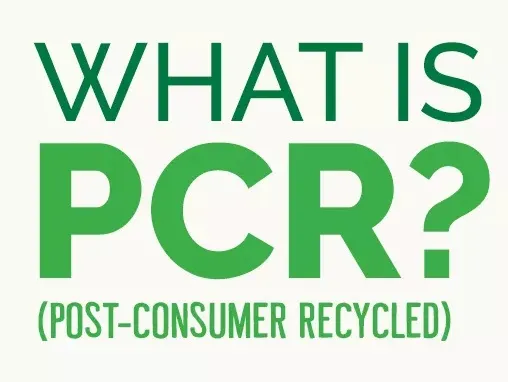- Afrikaans
- Albanian
- Amharic
- Arabic
- Armenian
- Azerbaijani
- Basque
- Belarusian
- Bengali
- Bosnian
- Bulgarian
- Catalan
- Cebuano
- chinese_simplified
- chinese_traditional
- Corsican
- Croatian
- Czech
- Danish
- Dutch
- English
- Esperanto
- Estonian
- Finnish
- French
- Frisian
- Galician
- Georgian
- German
- Greek
- Gujarati
- haitian_creole
- hausa
- hawaiian
- Hebrew
- Hindi
- Miao
- Hungarian
- Icelandic
- igbo
- Indonesian
- irish
- Italian
- Japanese
- Javanese
- Kannada
- kazakh
- Khmer
- Rwandese
- Korean
- Kurdish
- Kyrgyz
- Lao
- Latin
- Latvian
- Lithuanian
- Luxembourgish
- Macedonian
- Malgashi
- Malay
- Malayalam
- Maltese
- Maori
- Marathi
- Mongolian
- Myanmar
- Nepali
- Norwegian
- Norwegian
- Occitan
- Pashto
- Persian
- Polish
- Portuguese
- Punjabi
- Romanian
- Russian
- Samoan
- scottish-gaelic
- Serbian
- Sesotho
- Shona
- Sindhi
- Sinhala
- Slovak
- Slovenian
- Somali
- Spanish
- Sundanese
- Swahili
- Swedish
- Tagalog
- Tajik
- Tamil
- Tatar
- Telugu
- Thai
- Turkish
- Turkmen
- Ukrainian
- Urdu
- Uighur
- Uzbek
- Vietnamese
- Welsh
- Bantu
- Yiddish
- Yoruba
- Zulu
Exploring the Versatility and Applications of PVC in Modern Materials
The Versatility and Importance of PVC in Modern Material Science
Polyvinyl chloride, commonly known as PVC, stands out as one of the most widely used synthetic plastic polymers. Its unique combination of properties makes it a preferred material in various industries, from construction to healthcare, and even in consumer products.
Understanding PVC
PVC is a type of plastic made from the polymerization of vinyl chloride monomers. It can be produced in two primary forms rigid and flexible. Rigid PVC is typically used in construction applications such as pipes, doors, and windows. In contrast, flexible PVC contains plasticizers, allowing it to be used in applications requiring greater flexibility, such as cables, inflatable products, and flooring.
Advantages of PVC
The popularity of PVC can be attributed to its numerous advantages
1. Durability PVC is known for its long-lasting properties. It is resistant to termites, corrosion, and weathering, making it ideal for both indoor and outdoor applications.
2. Cost-Effectiveness PVC is relatively inexpensive to produce and process, which contributes to its widespread use in many applications. Its longevity also provides economic advantages as it reduces the need for frequent replacements.
3. Versatility The ability to manipulate PVC through the addition of different chemicals allows manufacturers to create a wide variety of products, from rigid items like pipes to soft, flexible items like upholstery and clothing.
4. Low Maintenance Products made from PVC require minimal maintenance. This makes it an attractive option for consumers and industries looking to reduce upkeep costs.
5. Recyclability While PVC has faced criticism over environmental concerns, many recycling programs are emerging to reclaim and reuse PVC products, making it a more sustainable option than many other materials.
material pvc

Applications of PVC
The applications of PVC are manifold
- Construction In the construction industry, PVC pipes are essential for plumbing, drainage, and irrigation systems due to their strength and resistance to rust and corrosion. Furthermore, PVC windows and doors offer great insulation properties and aesthetic appeal.
- Electronics The electrical industry frequently uses flexible PVC for insulation on wires and cables. Its resistance to moisture and chemicals makes it a reliable choice for electrical applications.
- Healthcare In the medical field, PVC is used to manufacture a variety of products, including blood bags, IV containers, and tubing. Its ability to be sterilized ensures safety in medical environments.
- Consumer Products From toys to furniture, PVC is found in countless consumer products. Its flexibility and adaptability allow for creative designs, which are highly valued by consumers.
The Environmental Perspective
Despite its advantages, PVC has also raised environmental concerns. The production process of PVC can release harmful chemicals, and its disposal poses challenges due to its potential to release toxins when burned. However, the development of eco-friendly manufacturing processes and recycling initiatives is helping to address these concerns. Utilizing sustainably sourced materials and adhering to strict environmental regulations can mitigate the negative impacts associated with PVC.
Conclusion
In conclusion, PVC is a remarkable material that has transformed various industries and consumer products. Its combination of durability, versatility, and cost-effectiveness makes it an indispensable resource in modern material science. As the world becomes increasingly focused on sustainability, continued advancements in PVC production and recycling are essential to ensure its responsible use. By balancing its benefits with environmental considerations, PVC can maintain its status as a preferred material for generations to come.













